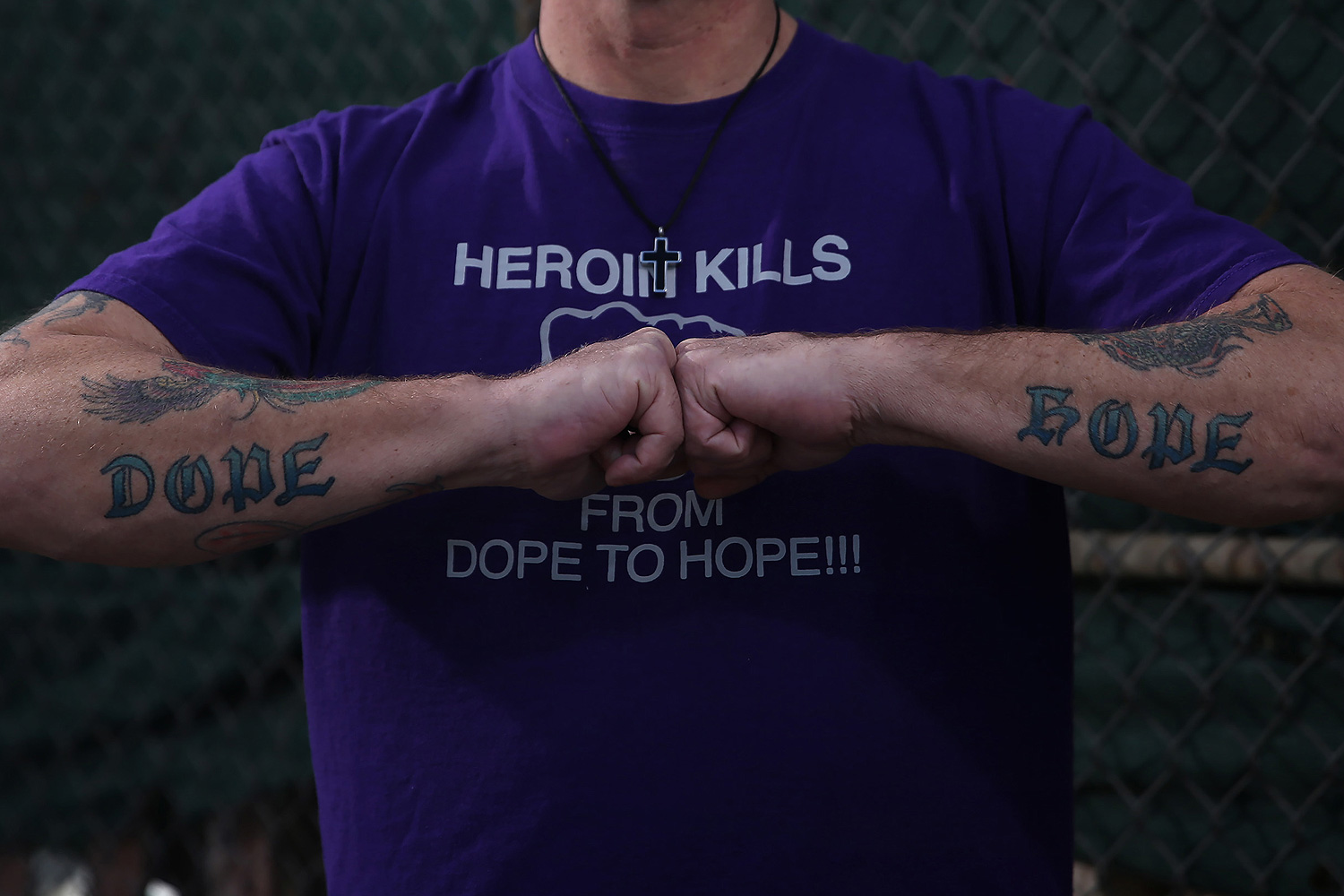The American Journal of Public Health just published a long-term—remarkably long-term—study of incarcerated youth in the Cook County Juvenile Temporary Detention Center, tracking their drug abuse rates over the course of 16 years.
The results may shock you. Then again, they may not.
As summed up by Robin Scher at Alternet, a team from Northwestern University gathered over 1,800 kids with an average age of 15, from 1995 through 1998. The subjects were evaluated for "substance-use disorders," defined at the time* as genuinely problematic use with at least three typical and familiar symptoms from a list. Then they followed them through 2011.
Researchers found that whites were more likely than other races to have a cocaine problem, save for three years after they entered the study, when they tied with Hispanics. That weird pattern can perhaps be explained by the relative paucity of cocaine abusers across the board; the highest rate of cocaine abuse for any ethnicity at any point in the study was about 12 percent of a white cohort of 296 people. At that level, random fluctuation from the vagaries of life would presumably play a role.
Nonetheless, the cocaine-abuse numbers for African Americans was striking: virtually zero throughout the 12-year course of the study. The same was true for "other" drugs, which could be anything from opiates to hallucinogens to PCP.
"To our knowledge, this is the first comprehensive epidemiological study of SUDs [substance use disorders] in delinquent youths during young adulthood (up to median age 28 years)," the team of eight authors, led by Leah Welty, writes. And they tie it into broader trends in incarceration to put the findings into relief: "Our findings add to the growing debate about how the 'War on Drugs' has disproportionately affected African American youths and young adults. Recent investigations have found that although African American adolescents are no more likely than non-Hispanic Whites to use or sell drugs, they are more likely be arrested on drug-related charges."
In other headline findings, a whopping 91 percent of men in the cohort had experienced a SUD at some point by the age of 28, compared to 79 percent for women. Perhaps more surprisingly, marijuana was the most likely substance to be abused, even more so than alcohol.
About 45 percent of African Americans and Hispanics had a marijuana-use disorder when they entered the study; whites, about 55 percent, though that gap narrowed as the percentage of subjects with that SUD declined precipitously as the years passed, ending at around 15 percent for both groups.
Alcohol came in second among the abused substances, at least until 12 years after the study began, when the subjects had an average age of 28, and alcohol abuse unsurprisingly passed marijuana. But again, there were significant racial/ethnic differences—about 30 percent of whites and Hispanics came into the study with an alcohol problem; African-Americans, about 25 percent. The abuse rate for Hispanics began dropping immediately, but whites stayed just as likely to have an alcohol problem as far as six years out. Only then did it begin to drop, but at the end of the study, 12 years out, they were still more likely to have alcohol problems than Hispanics and African-Americans, the difference for whom at the end of the study was virtually nil.
But this research looked specifically at "delinquent" youths—the incarcerated population. What changes if you take the broadest possible look?
Not much. Here's what the U.S. Department of Health and Human Services found in 2013:
In 2013, among persons aged 12 or older, the rate of substance dependence or abuse was 4.6 percent among Asians, 7.4 percent among blacks, 8.4 percent among whites, 8.6 percent among Hispanics, 10.9 percent among persons reporting two or more races, 11.3 percent
among Native Hawaiians or Other Pacific Islanders, and 14.9 percent among American
Indians or Alaska Natives.
And apparently staying in school doesn't make a difference, in terms of drug abuse:
In 2013, rates of illicit drug or alcohol dependence or abuse among adults aged 26 or older were not associated with levels of educational attainment. Among this group, rates of illicit drug or alcohol dependence or abuse were 6.4 percent for those who graduated from high school but had no further education, 7.2 percent for college graduates, 7.3 percent for those who did not graduate from high school, and 7.4 percent for those with some college education but no degree.
Dependence and abuse are different from drug use, of course. When it comes to illicit drug use more generally, HHS found the numbers shifted around a bit: 10.5 percent of African-Americans, 9.5 percent of whites, and 8.8 percent of Hispanics. In that sense, the races were virtually the same—a far cry from the statistics on incarcerated people.




